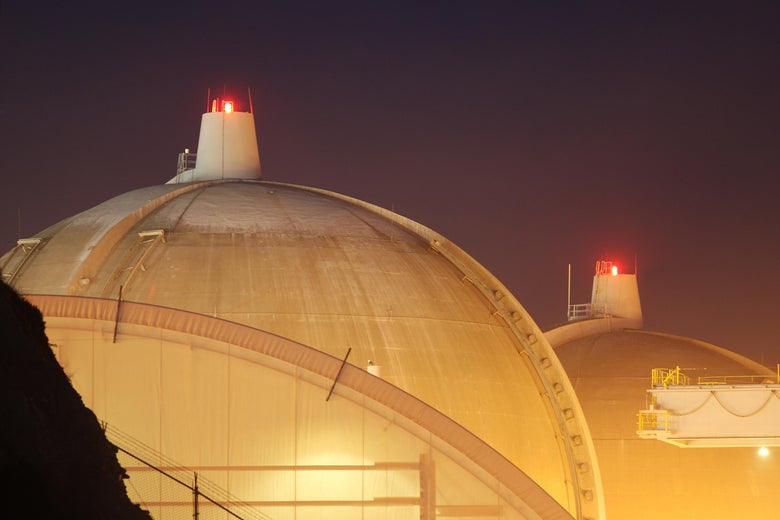
Those who do not remember The Naked Gun are doomed to repeat it.
David McNew/Getty Images
“We will probably be judged not by the monuments we build but by those we have destroyed.” – The New York Times.
To be an American is to forge an uneasy truce with the fact that most of your neighbors are philistines, too obsessed with the latest sporting event or caterwauling pop star to savor the deeper pleasures that come from reckoning with Art and History, those two lodestones of the well-tempered life. It is already obvious that intellectuals will find even less nourishment in the mass culture of the 21st century than we did in that of the 20th, so the best strategy for surviving this forced intellectual and spiritual exile in our own homeland will probably remain the same: Affecting a benign indifference to bread and circuses so as not to draw the public’s ire, while zealously guarding and protecting those last remaining refuges where the life of the mind can still be lived freely. It is that second duty, that thankless work of preserving our culture and history, not for the loathsome, vicious masses of the present, but for the hypothetical intellectuals of the future, that compels me to speak out now, on behalf of geniuses yet to be born. The plan to tear down the San Onofre Nuclear Generating Station is an unacceptable blow against the history of the cinema, and it is incumbent upon everyone who values our culture to prevent it from happening.
It’s hardly traditional for an American intellectual to lie down in front of a bulldozer when it’s headed toward a nuclear power plant, and indeed, for its first few decades, opposing the construction and expansion of San Onofre Nuclear Generating Station was as much a marker of education and class as an NPR tote bag. But that all changed on Dec. 2, 1988, when Paramount Pictures released The Naked Gun: From the Files of Police Squad. Like all great art, director David Zucker’s chilling vision of life at the end American empire was lost on most people, but it immediately struck a chord with the intelligentsia, who experience life and loss so much more deeply than others. Zucker’s California, like Didion’s, was defined not so much by what his unwavering camera observes, but by what his memory cannot let go. And no location is harder for Zucker or his characters to let go of than the San Onofre Nuclear Generating Station, the physical embodiment of the loss and pain that immiserates Lieutenant Frank Drebin even as the rage it engenders fuels his relentless quest for justice. Here’s how Zucker introduces the San Onofre Nuclear Generating Station, in a sequence that remains one of the most moving portraits of pain and loss in American cinema:
We don’t talk much about grief, here in America. We don’t talk about sadness or failure or doubt. Capitalism demands never-ending progress, never-ending growth, never-ending optimism, that long ride up the escalator to more and more money and more and more happiness. But Frank Drebin’s grief cannot be appeased by the false gods of commerce or the hungry smile of “Weird Al” Yankovic. He stands in mute rebuttal to every lie the market ever told, to every product that promised to replace the love of other people with something that could be purchased, something that could be managed. And for years, the San Onofre Nuclear Generating Station, too, stood as a reminder to all who drove from Los Angeles to San Diego that not even a dedicated police officer like Lt. Drebin could solve the mysteries of the human heart. That’s the kind of idea that could overthrow empires. We can’t let them tear it down.
from Slate Magazine https://ift.tt/2RWQoXQ
via IFTTT
沒有留言:
張貼留言